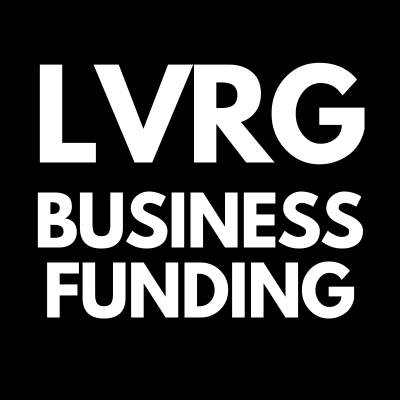The Difference Between Cash Flow and Working Capital: Clearing the Confusion
As a small business owner, it's essential to have a firm grasp on financial concepts to ensure the success and sustainability of your venture. However, one common misconception that often arises is the confusion between cash flow and working capital. While they are related, they represent two distinct aspects of your business's financial health. Let's delve into the differences between these two critical metrics and why understanding them is crucial.
Cash Flow refers to the movement of money into and out of your business over a specific period, usually a month or a year. It reflects the liquidity of your business and measures the net cash inflow or outflow. Positive cash flow occurs when your business takes in more money than it spends, indicating a healthier financial position.
Cash flow encompasses various elements, including operating activities, investing activities, and financing activities. Operating activities involve revenue generation, accounts receivable, and accounts payable. Investing activities focus on the purchase or sale of assets, such as property, equipment, or investments. Financing activities involve raising capital, such as obtaining loans or issuing stock.
Working Capital, on the other hand, represents the amount of money available for your day-to-day operations. It is the difference between your current assets and current liabilities and acts as an indicator of your business's short-term liquidity. Working capital provides a cushion to cover your immediate expenses, such as payroll, inventory, and supplies.
A positive working capital indicates that your assets exceed your short-term liabilities. It demonstrates your business's ability to meet its short-term obligations and maintain a healthy operating cycle. Conversely, a negative working capital suggests that your business may struggle to pay bills on time, leading to potential cash flow issues.
While cash flow and working capital are related, they are not interchangeable. Cash flow focuses on the overall movement of money, including both incoming and outgoing funds. Working capital, on the other hand, specifically assesses the funds available for everyday operations.
Understanding the distinction between the two is vital for small business owners. Focusing solely on cash flow may give a false sense of financial security. For instance, if a business is experiencing positive cash flow due to delayed payments from customers, it may still lack sufficient working capital to cover day-to-day expenses.
A comprehensive financial analysis should consider both cash flow and working capital simultaneously. By doing so, business owners can gain a holistic understanding of their financial position and make informed decisions.
To improve cash flow and working capital, business owners can implement strategies such as optimizing inventory management, negotiating favorable trade terms with suppliers, tightening credit policies, and improving accounts receivables collection practices. Additionally, exploring financing options such as business loans or lines of credit can help bridge gaps in working capital during periods of high expenditure.
In conclusion, it is crucial for small business owners to understand the difference between cash flow and working capital. While they often go hand in hand, they represent distinct aspects of your business's financial health. By carefully monitoring and managing both metrics, you can ensure the stability and growth of your business in the long term.
Written by Charles M. Barr, CEO of LVRG Funding

